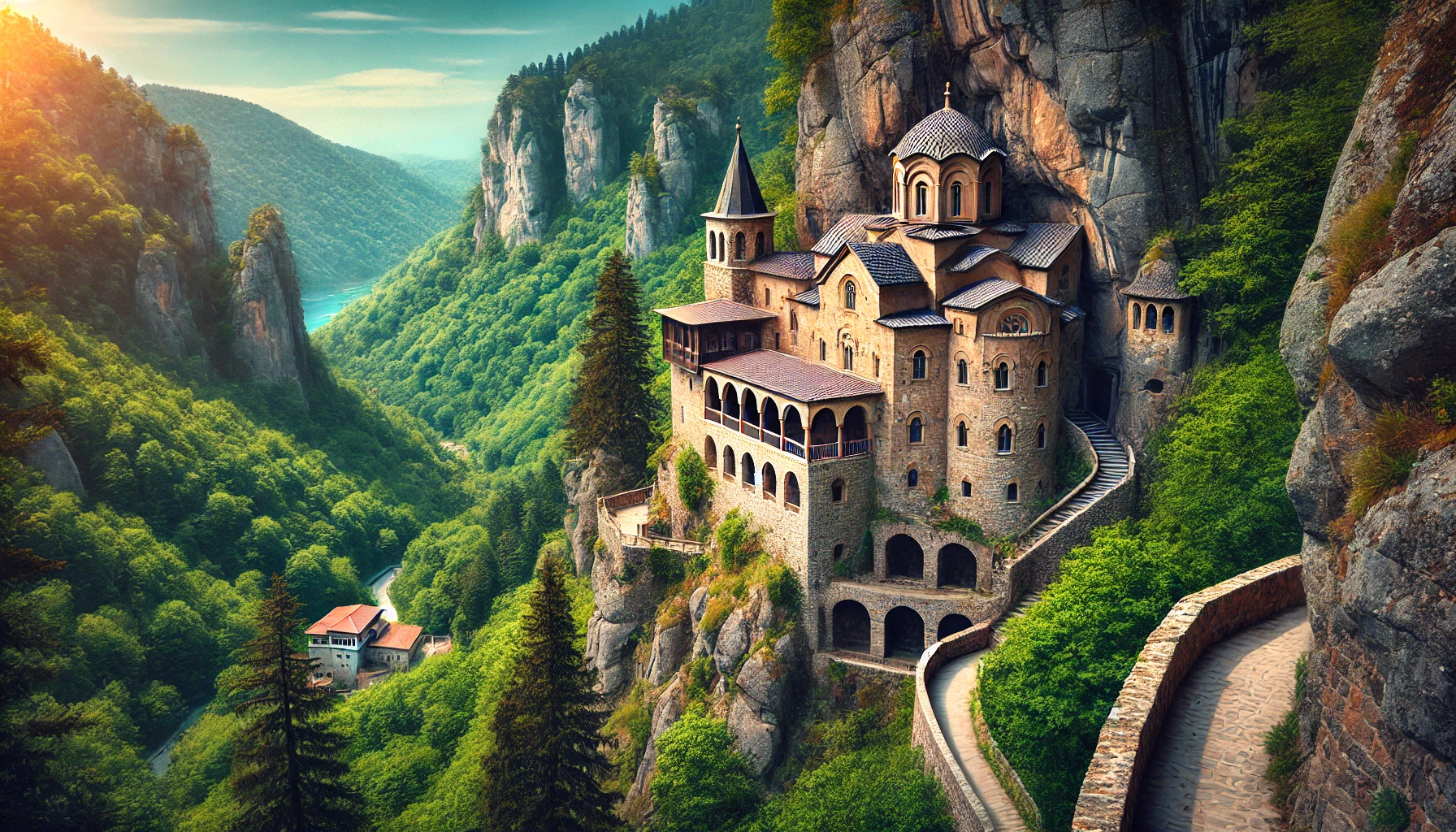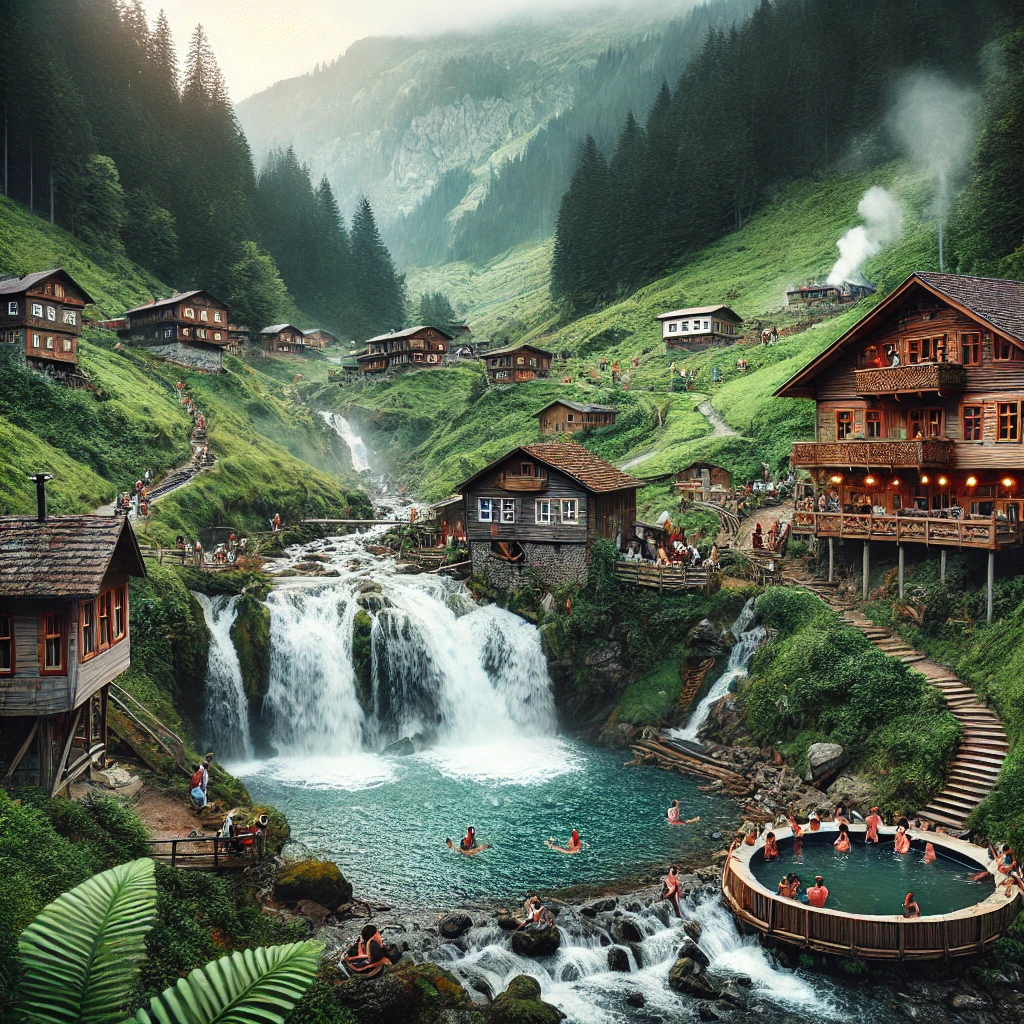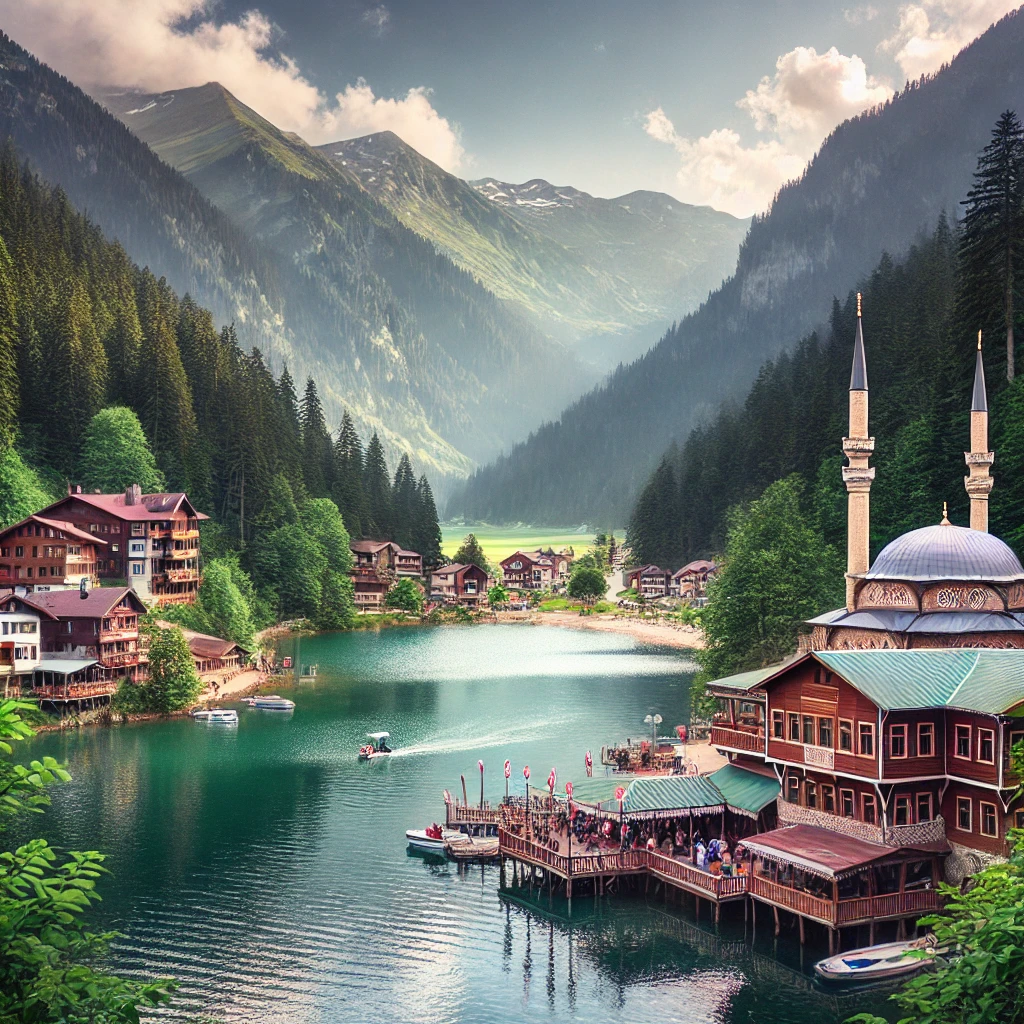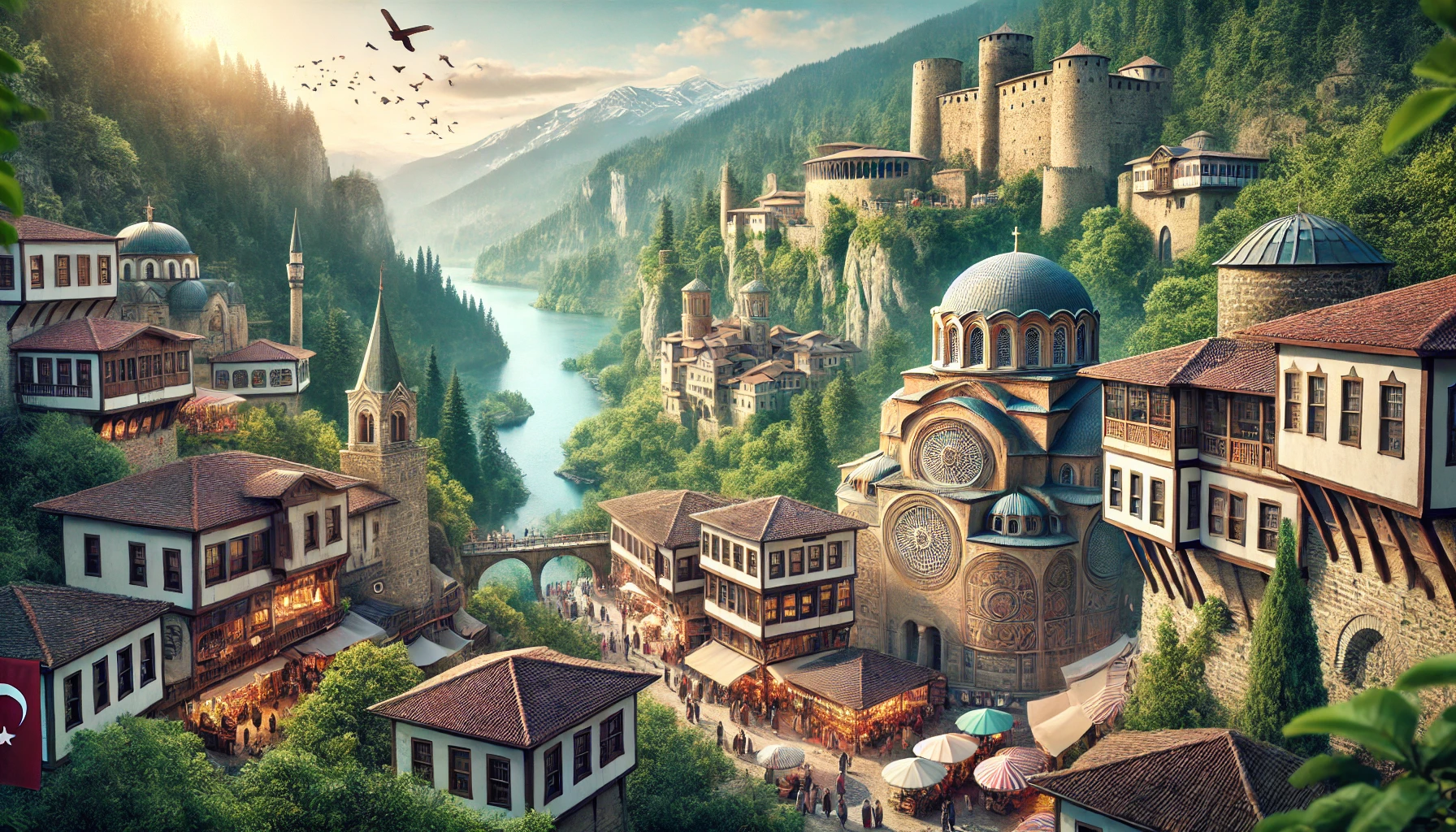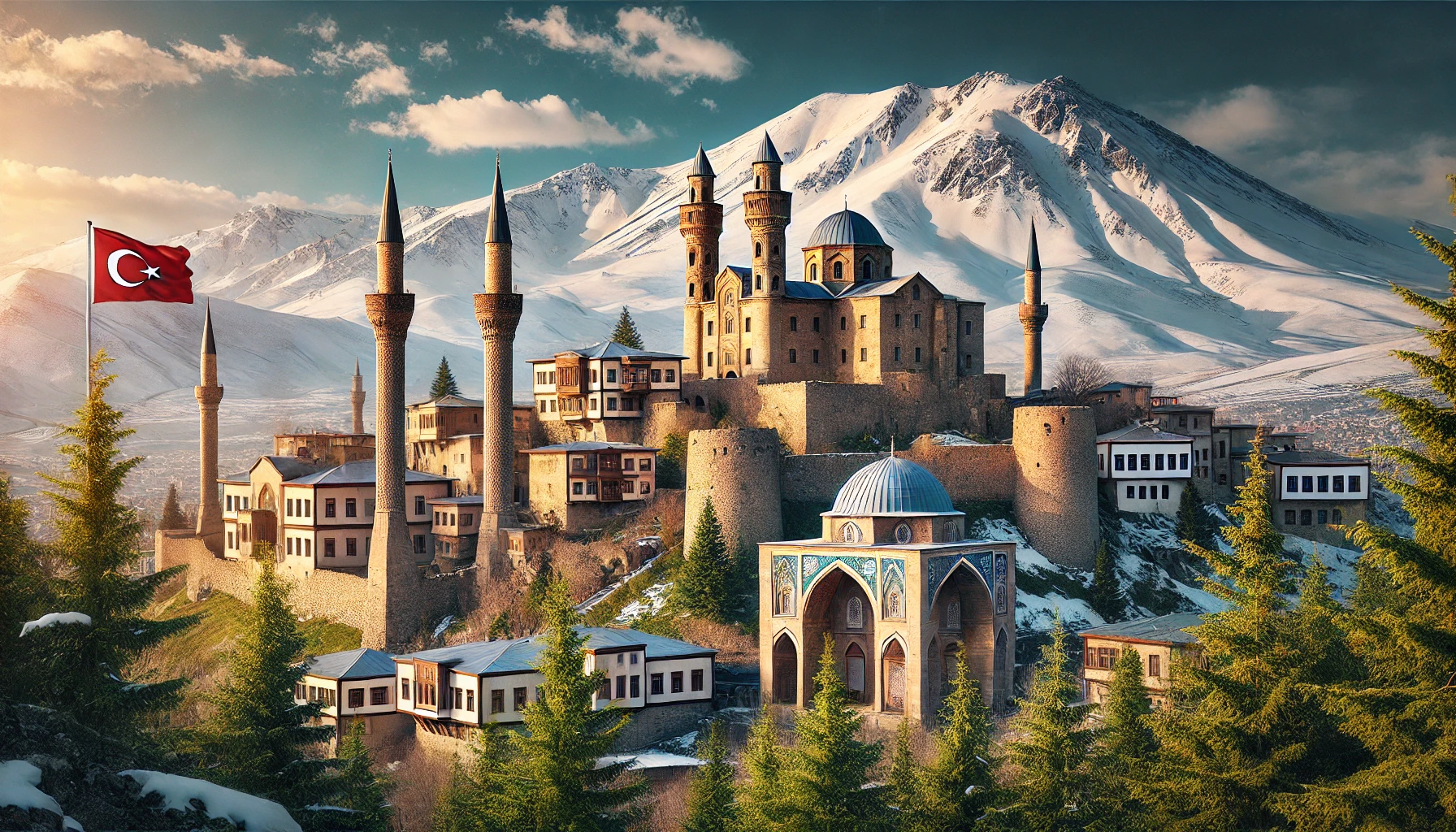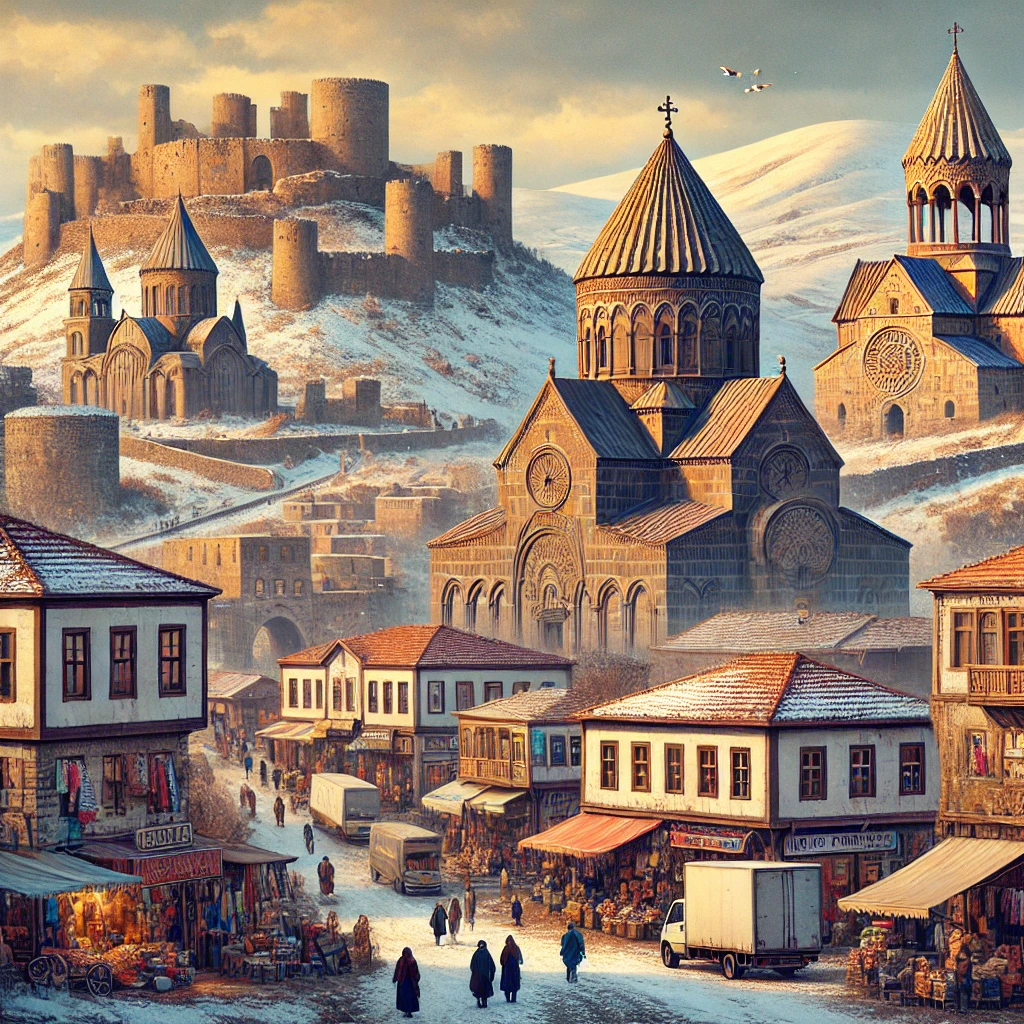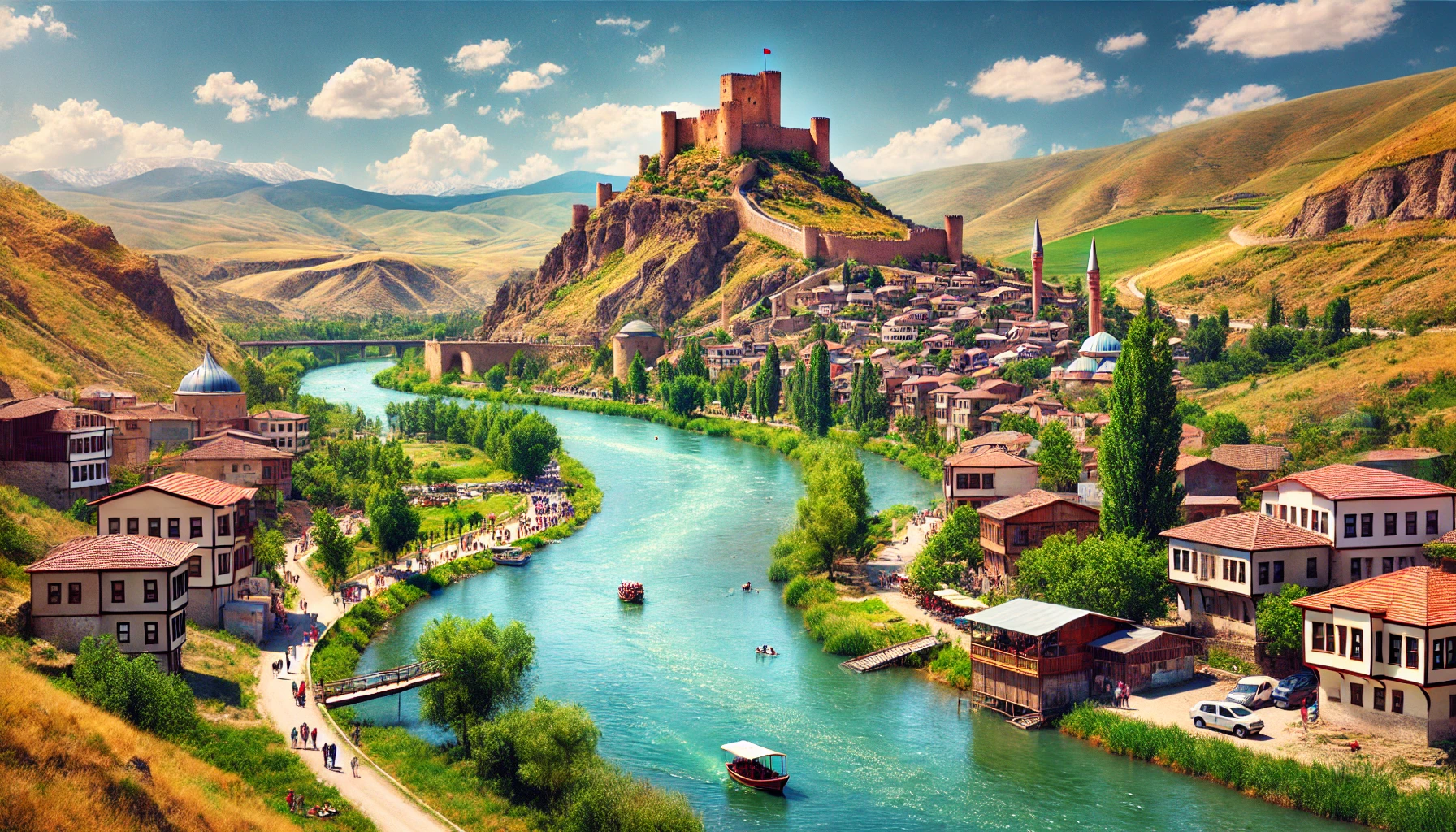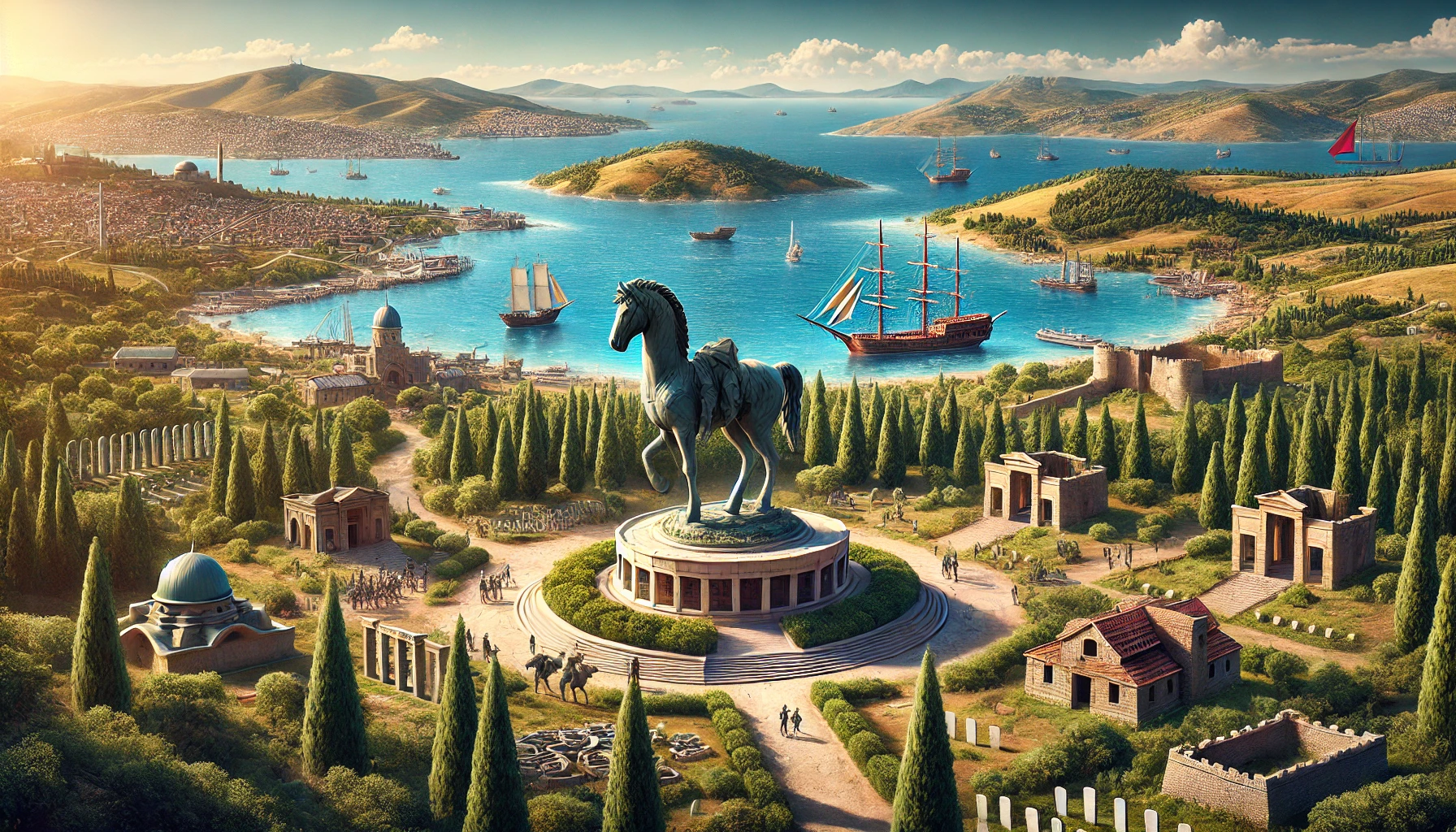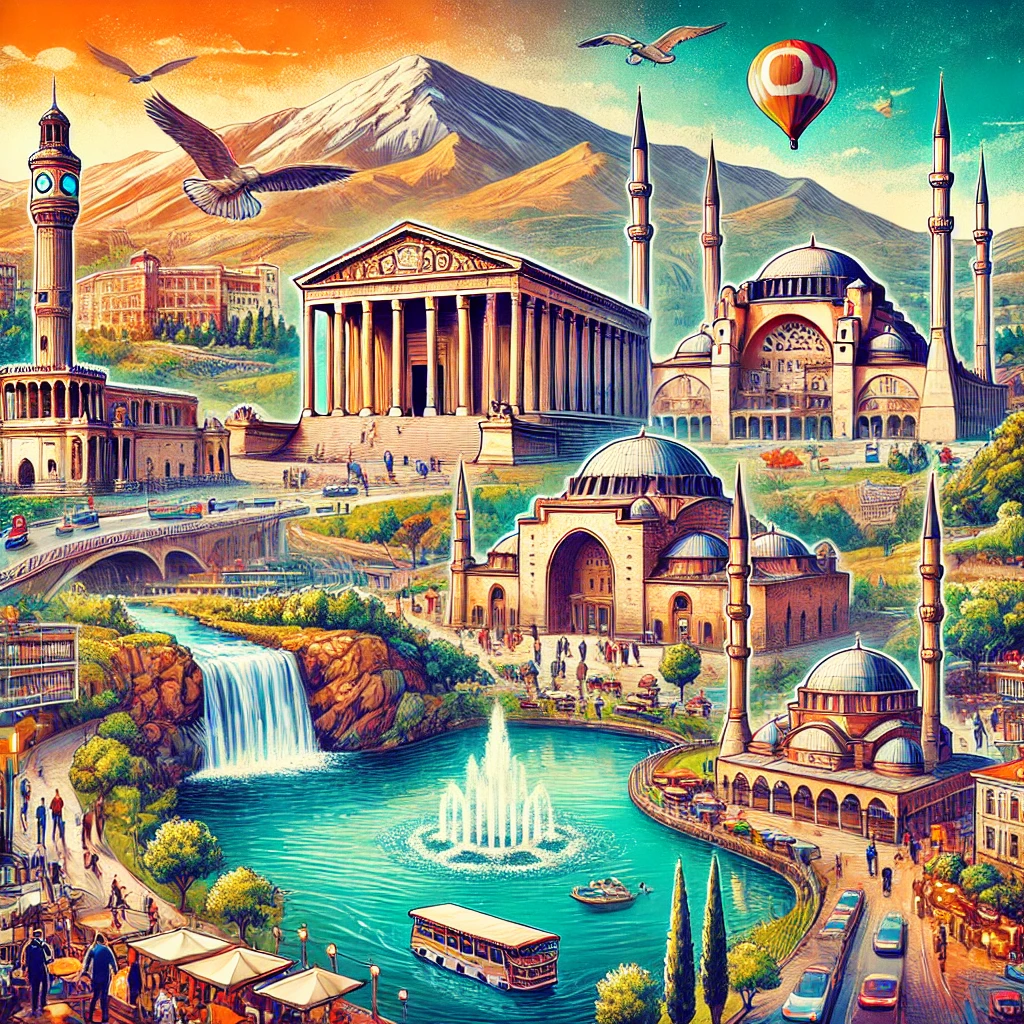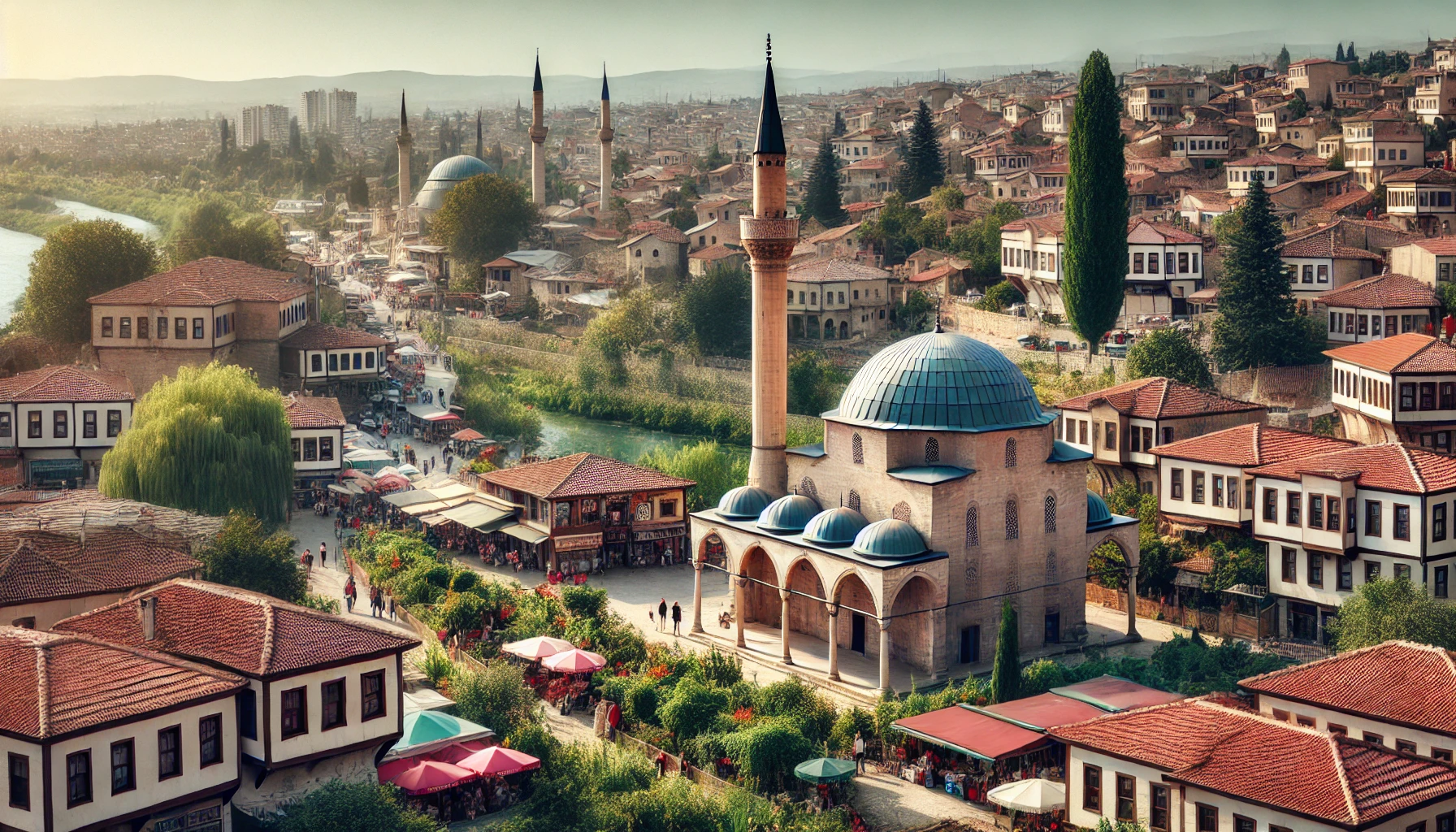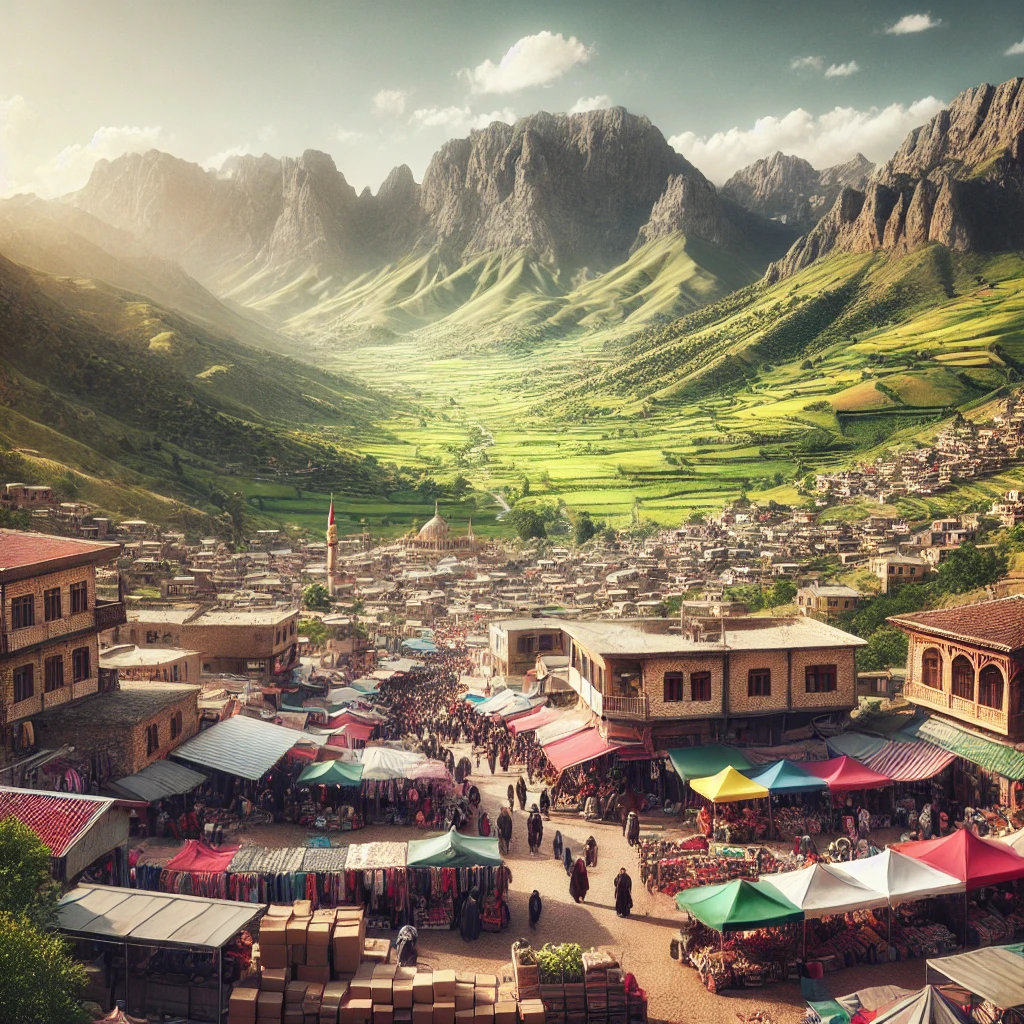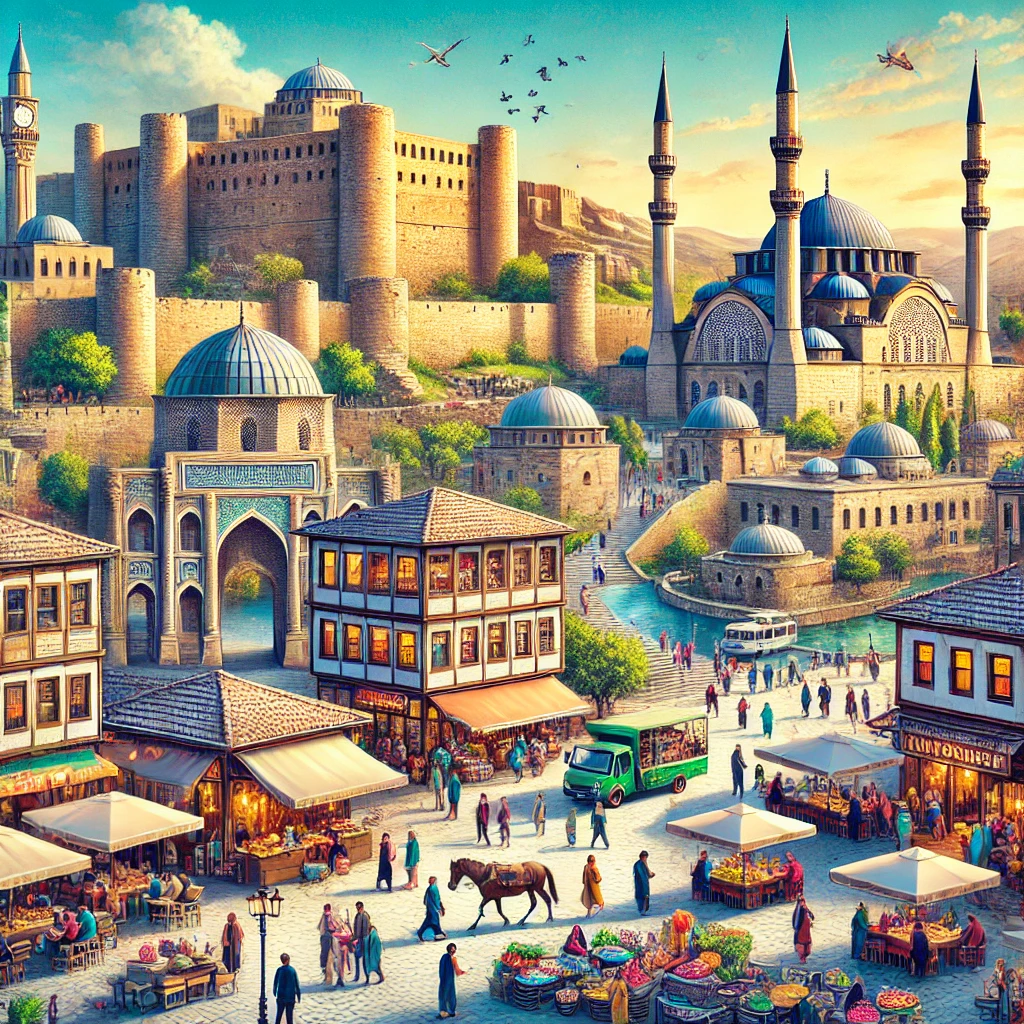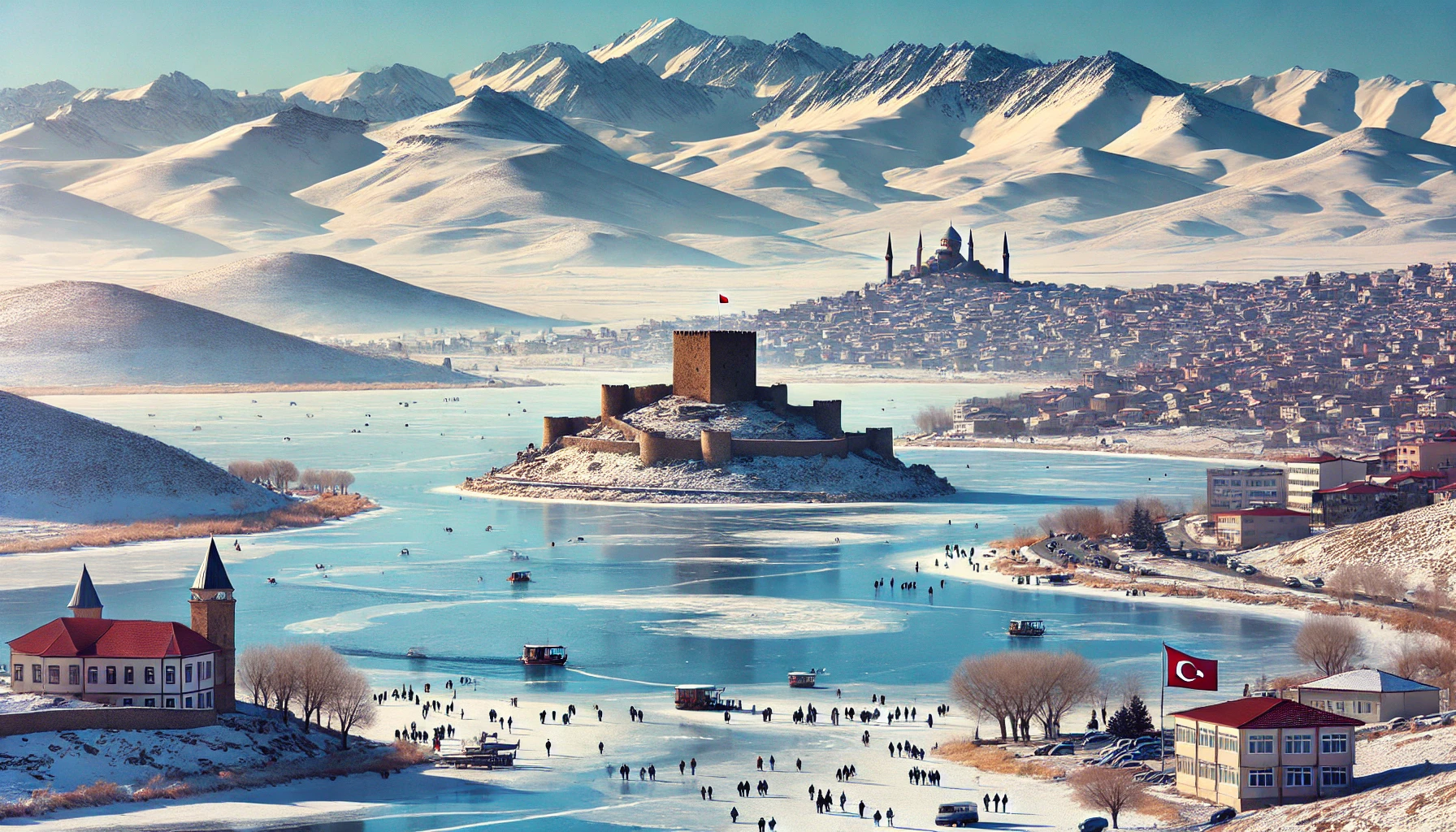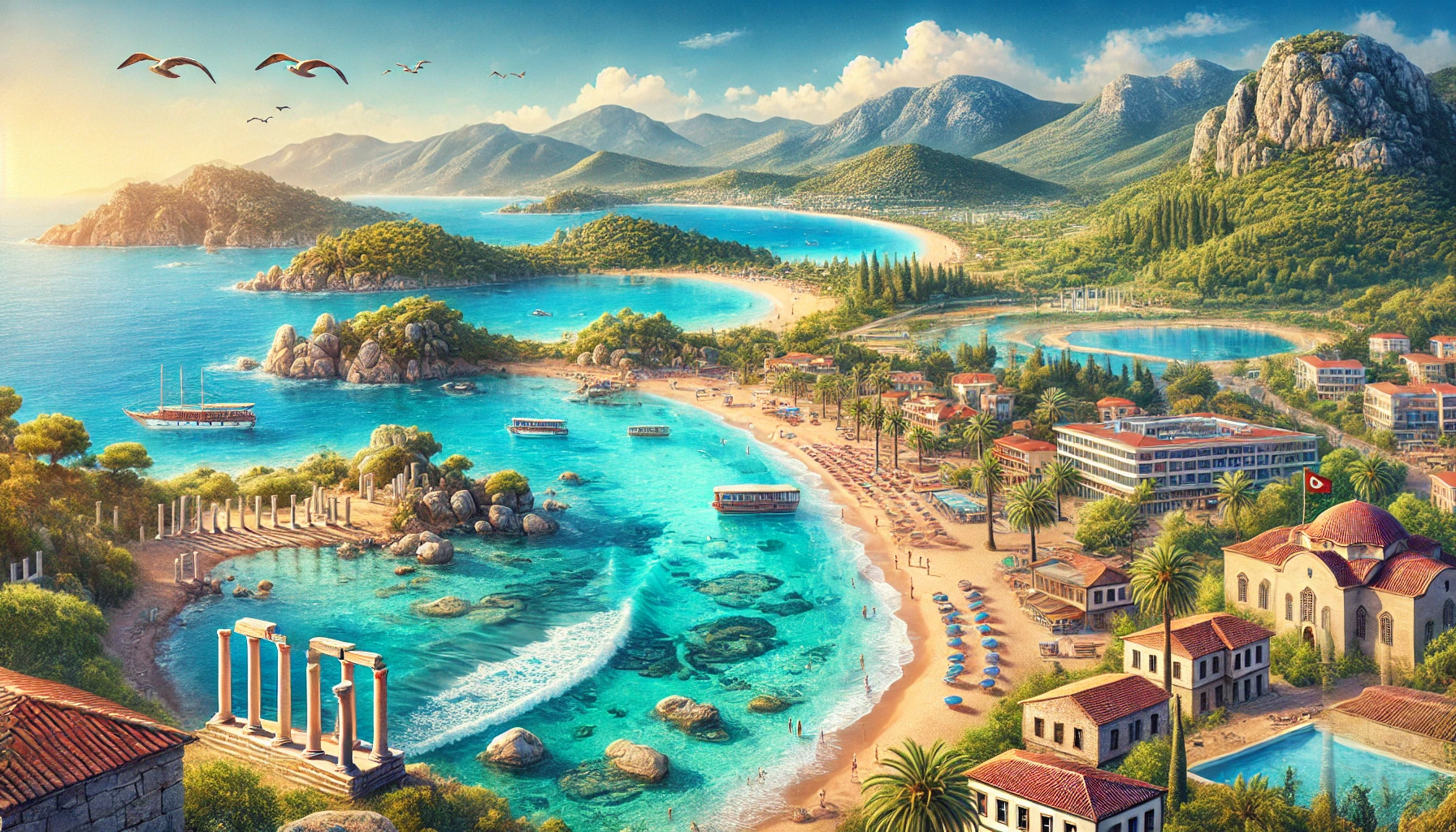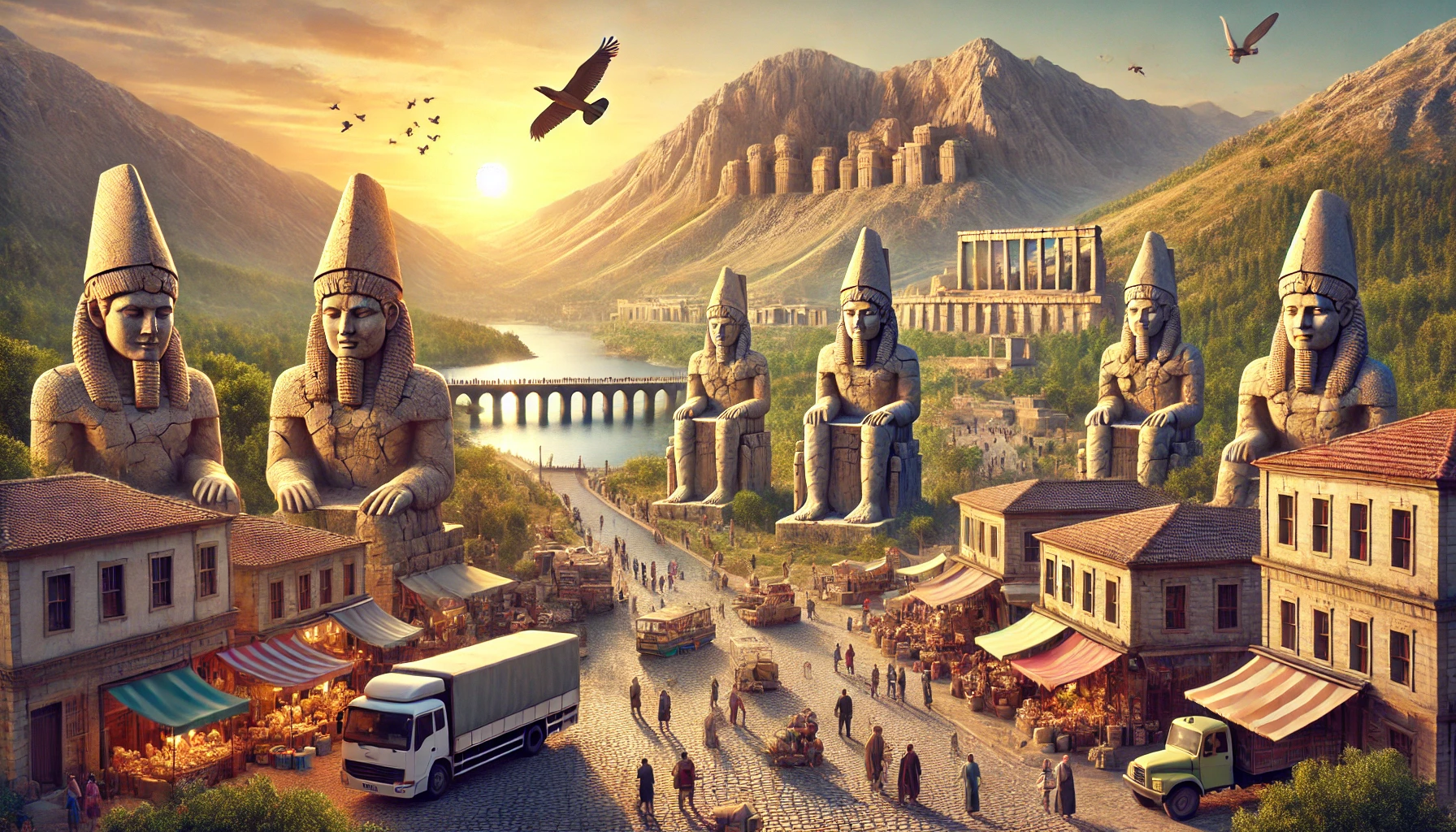Virgin Mary Monastery, Giresun: A Journey Through History and Beauty
Nestled high in the Pontic Mountains of Turkey’s Giresun Province lies the Virgin Mary Monastery (Turkish: Meryem Ana Manastırı), a breathtaking testament to ancient religious devotion and architectural ingenuity. Carved into the cliffs, this ruined monastery is a mesmerizing blend of natural beauty and historical significance, offering travelers a unique glimpse into Turkey’s rich past. In this article, we will explore the captivating history, architecture, and cultural significance of the Virgin Mary Monastery, as well as provide practical tips for those planning to visit this hidden gem.
The Historical Legacy of Virgin Mary Monastery
A Byzantine Treasure
The Virgin Mary Monastery is believed to date back to the Byzantine period, serving as a spiritual haven for early Christians seeking refuge from persecution. Its history is intricately linked to the rise of Christianity in the region and the Byzantine Empire’s efforts to fortify their faith amidst external threats. Like the famous Sumela Monastery, Virgin Mary Monastery showcases the Byzantine architectural prowess and religious fervor of its time.
Built into the very cliffs of the Pontic Mountains, the monastery provided a strategic and secluded location for monastic life. The monks who resided here were able to dedicate their lives to prayer and study, away from the bustling cities and prying eyes of Roman authorities. The monastery’s isolated setting also made it a refuge for Christians during periods of persecution in the Roman Empire.
Roman Influence and Early Christianity
According to Hulusi Güleç, the director of culture and tourism in Giresun, the Virgin Mary Monastery was first used during the Roman occupation of Anatolia. During this time, the Roman Empire was marked by a series of persecutions against Christians, which pushed many believers to seek refuge in remote areas. The monastery became a secret sanctuary where early Christians could practice their faith without fear of reprisal.
The Roman influence is evident in the architectural elements of the monastery, which blend seamlessly with Byzantine designs. This unique fusion highlights the complex cultural interactions that took place in the region over the centuries. The Roman period was a critical time for the spread of Christianity, and the Virgin Mary Monastery stands as a testament to the resilience and devotion of early believers.
The Pontian Greek Connection
In the late 19th century, the area surrounding Şebinkarahisar, where the Virgin Mary Monastery is located, was home to a vibrant community of Pontian Greeks. This ethnic group played a significant role in the cultural and religious life of the region, often gathering at the monastery between the 26th and 28th of August for annual celebrations and worship. These gatherings were a testament to the enduring connection between the Pontian Greeks and the Virgin Mary Monastery, which served as a spiritual center for the community.
However, the Greek-Turkish population exchange in the early 20th century dramatically altered the demographic landscape of the region. Many Pontian Greeks were forced to leave their homes, leading to a significant decline in the Greek presence around Şebinkarahisar. This event marked the end of an era for the Virgin Mary Monastery, as it lost its primary congregation and fell into disrepair.
The Devastation of the 1939 Erzincan Earthquake
The Virgin Mary Monastery faced another major setback with the 1939 Erzincan earthquake, a devastating natural disaster that rendered the abandoned monastery inaccessible. The earthquake caused significant structural damage, exacerbating the effects of neglect and time. The once-thriving religious site became a forgotten relic of the past, left to the mercy of nature and the elements.
Despite its dilapidated state, the Virgin Mary Monastery continued to capture the imagination of those who knew of its existence. Its historical significance and architectural beauty, though obscured by years of decay, remained undeniable. The monastery’s story did not end with the earthquake, as efforts to restore and preserve this cultural treasure would eventually bring it back into the spotlight.
Architectural Marvel: The Structure of the Virgin Mary Monastery
Built into the Cliffs: A Testament to Human Ingenuity
The Virgin Mary Monastery is an architectural marvel, meticulously carved into the rocky cliffs of the Pontic Mountains. This design not only provided a strategic advantage against potential invaders but also created a harmonious blend between the structure and its natural surroundings. The monastery appears to be a part of the mountain itself, with its stone walls seamlessly integrated into the rugged landscape.
The steep flight of stairs leading up to the monastery adds to the sense of mystery and awe that surrounds the site. As visitors ascend these stairs, they are greeted by breathtaking views of the surrounding mountains and valleys, creating a sense of serenity and spiritual introspection. The challenging ascent is a testament to the dedication and resilience of the monks who once called this place home.
The Four-Story Design
The Virgin Mary Monastery’s four-story design is a reflection of the complex and multifaceted nature of monastic life. Each level of the monastery serves a specific purpose, contributing to the overall functionality and spiritual significance of the structure.
- The Dining Room: The first level of the monastery houses the dining room, where monks gathered for communal meals. This space served as a center for fellowship and reflection, providing nourishment for both the body and the soul.
- The Church: The heart of the monastery is its church, located on the second level. This sacred space was the focal point of daily worship and spiritual practice, adorned with intricate frescoes and religious iconography that reflect the deep devotion of the monastery’s inhabitants.
- Monastic Quarters: The third level of the monastery contains rooms for the monks, offering simple yet functional accommodations for those dedicated to a life of prayer and contemplation. These quarters provided a private space for reflection and study, away from the distractions of the outside world.
- The Classroom: The top level of the monastery features a classroom, highlighting the importance of education and scholarly pursuits in monastic life. This space was likely used for teaching and learning, fostering a sense of intellectual and spiritual growth among the monks.
Comparisons to Sumela Monastery
The Virgin Mary Monastery is often compared to the famous Sumela Monastery, another Greek Orthodox site built into the cliffs of the Pontic Mountains. Both monasteries share similarities in their architectural design and historical significance, serving as important centers of Christian worship and cultural heritage.
However, the Virgin Mary Monastery distinguishes itself through its unique location and distinct historical context. While Sumela Monastery has become a well-known tourist attraction, the Virgin Mary Monastery offers a more secluded and intimate experience, allowing visitors to connect with its rich history and spiritual essence on a deeper level.
Restoration and Revival: Bringing the Monastery Back to Life
Restoration Efforts in the 2010s
In the early 2010s, the Virgin Mary Monastery underwent significant restoration work aimed at preserving its historical and architectural integrity. This restoration project was part of a broader effort to promote the monastery as a tourist attraction, particularly during the closure of Sumela Monastery for repairs.
The restoration process involved meticulous attention to detail, with skilled craftsmen and architects working to repair and reinforce the monastery’s structure. The goal was to restore the site to its former glory while ensuring its preservation for future generations. The restoration of the Virgin Mary Monastery has been instrumental in rekindling interest in this historical treasure and attracting visitors from around the world.
Attracting the Pontian Greek Diaspora
The restoration of the Virgin Mary Monastery has not only drawn the attention of tourists but also rekindled a connection with the Pontian Greek diaspora. In 2015, a group of forty residents from Kavala, Greece, visited the monastery, marking a significant moment in the site’s history. These visitors were descendants of Pontians who had been forced to leave Şebinkarahisar during the population exchange, and their pilgrimage to the monastery was a poignant reminder of the enduring cultural and spiritual ties that bind them to this sacred place.
This renewed interest from the Pontian Greek community highlights the monastery’s role as a symbol of cultural heritage and resilience. It serves as a powerful reminder of the shared history and connections that transcend borders, fostering a sense of unity and understanding among diverse communities.
Promoting Tourism and Cultural Awareness
Today, the Virgin Mary Monastery stands as a testament to the rich cultural tapestry of Turkey and its diverse historical influences. Efforts to promote the monastery as a tourist destination have contributed to a greater appreciation of its historical significance and architectural beauty.
The Turkish government, along with local cultural and tourism authorities, has worked to enhance accessibility and visitor experience at the monastery. Information centers, guided tours, and educational programs have been established to provide visitors with a deeper understanding of the site’s history and cultural importance.
By promoting tourism and cultural awareness, the Virgin Mary Monastery has become a beacon of historical preservation and intercultural dialogue, inviting travelers from all corners of the globe to explore its timeless beauty.
Planning Your Visit to Virgin Mary Monastery
Getting There: A Journey Through Scenic Landscapes
Visiting the Virgin Mary Monastery is an adventure in itself, offering a journey through the stunning landscapes of the Giresun Province. The monastery is located near the town of Şebinkarahisar, which is easily accessible by road from major cities such as Trabzon and Giresun.
- By Car: For those traveling by car, the drive to the monastery offers breathtaking views of the Pontic Mountains and lush forests. The journey takes approximately 2-3 hours from Trabzon, making it an ideal day trip for travelers exploring the Black Sea region.
- By Public Transport: For those using public transport, regular buses and minibusses connect Şebinkarahisar with nearby cities. From Şebinkarahisar, local taxis and transportation services provide easy access to the monastery site.
Exploring the Monastery: What to Expect
Upon arrival at the Virgin Mary Monastery, visitors are greeted by the awe-inspiring sight of the structure carved into the cliffs. The steep stairs leading up to the monastery offer a challenging but rewarding ascent, providing panoramic views of the surrounding landscape.
- Guided Tours: To fully appreciate the history and significance of the monastery, guided tours are available. Knowledgeable guides provide insights into the site’s architectural features, historical context, and cultural importance, enriching the visitor experience.
- Photography Opportunities: The Virgin Mary Monastery offers countless opportunities for photography, with its dramatic setting and intricate architectural details. Visitors are encouraged to capture the beauty of the site and its surroundings, preserving memories of this remarkable destination.
Practical Tips for Visitors
- Clothing and Footwear: Given the steep ascent and rocky terrain, comfortable clothing and sturdy footwear are essential for a safe and enjoyable visit. Visitors are advised to dress in layers, as the weather in the mountains can vary.
- Weather Considerations: The best time to visit the Virgin Mary Monastery is during the spring and summer months when the weather is mild and conducive to outdoor exploration. However, the site can be visited year-round, with each season offering its unique charm.
- Respectful Behavior: As a historical and religious site, visitors are encouraged to conduct themselves respectfully. This includes refraining from loud noises, being mindful of photography restrictions, and respecting any areas designated as off-limits for preservation purposes.
Conclusion: A Timeless Journey Through History and Spirituality
The Virgin Mary Monastery in Giresun is more than just a historical site; it is a testament to the enduring legacy of faith, culture, and human ingenuity. Its rich history, breathtaking architecture, and stunning natural setting make it a must-visit destination for travelers seeking to explore Turkey’s hidden gems.
As you ascend the steep stairs and gaze upon the monastery carved into the cliffs, you embark on a timeless journey through history and spirituality. Whether you are drawn by its historical significance, architectural beauty, or the sense of serenity it offers, the Virgin Mary Monastery promises an unforgettable experience that will leave a lasting impression on your heart and soul.
Plan your visit to this remarkable site and discover the captivating story of the Virgin Mary Monastery, where history and beauty converge in a harmonious embrace.
Sightseeing places near Virgin Mary Monastery, Giresun
Latest Update: Aug 4, 2024
Your Content Goes Here
Discover Virgin Mary Monastery, Giresun on the Map
Virgin Mary Monastery, Giresun
TAGS: architectural marvels in Turkey, Black Sea region, Byzantine architecture, Byzantine period, early Christianity, Giresun, Giresun attractions, Giresun Province, hidden gems in Turkey, historical site, Meryem Ana Manastırı, Pontian Greeks, Pontic Mountains, religious site, Religious Tourism in Turkey, restoration of monasteries, Roman occupation of Anatolia, Şebinkarahisar, Sumela Monastery, things to do in Giresun, tourism, travel, travel to Giresun, Turkey, Turkey monasteries, Turkey travel guide, Turkish cultural heritage, Turkish historical sites, Virgin Mary Monastery, visiting Virgin Mary Monastery
Welcome to Trabzon
A brief summary of the key points in this article.

